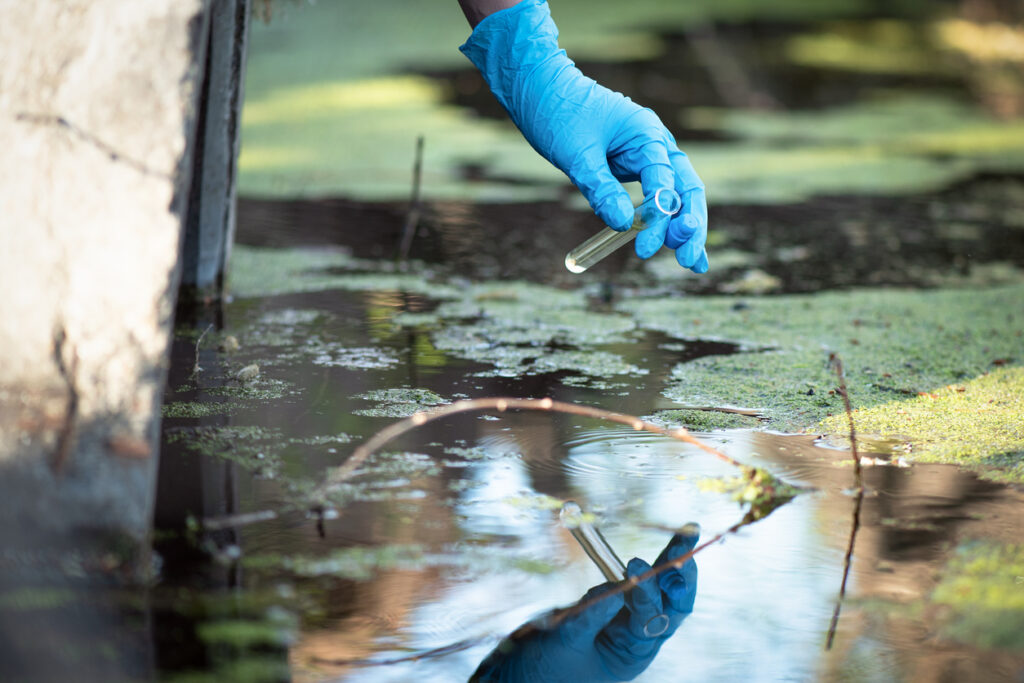Timeline of Camp Lejeune Water Contamination Claims

Some veterans and their family members have suffered the ill effects of Camp Lejeune water contamination for decades. However, recent events have made a government settlement within the next two to three years much more likely. Contact Douglas & London to learn more about filing a Camp Lejeune water contamination lawsuit — it’s not too late to pursue a claim.
Do You Need a Toxic Exposure Lawyer?
Meeting with a toxic exposure lawyer at Douglas & London is completely free of charge and comes with no obligation. Eligibility requirements for filing a claim for damages due to Camp Lejeune water contamination include:
- You were at Camp Lejeune for 30+ days between August 1953 and December 1987.
- You or a loved one developed leukemia, cancer, myeloma, lymphoma, or Parkinson’s.
- You were honorably discharged.
The Camp Lejeune Justice Act of 2022 was signed into law as part of the PACT Act in August, 2022. You will have up to two years from that time to file a formal lawsuit. If a loved one has already passed away as a result of sickness from the contaminated water, you may bring a wrongful death lawsuit on that person’s behalf. If you have not yet developed a related sickness, you may file a lawsuit within two years of diagnosis.
Timeline and History of Camp Lejeune Water Contamination
Veterans who were stationed at Camp Lejeune deserve justice. It has been a long time coming when you consider the timeline of Camp Lejeune water contamination:
- 1941-1942: Camp Lejeune marine base in Jacksonville, North Carolina, opens.
- 1952: Tarawa Terrace water treatment plant begins operating to serve local residents.
- 1953 (August): Toxic chemical contamination begins in the Hadnot Point water system.
- 1957 (November): Contamination begins in the Tarawa Terrace water distribution plant.
- 1972: Holcomb Boulevard serves the area, supplemented by toxic Hadnot Point water.
- 1979-1980: The EPA releases drinking water standards.
- 1980-1981: Testing reveals unsafe chemical contamination in Camp Lejeune water.
- 1982: Additional testing uncovers TCE and PCE contaminants at two of eight plants.
- 1982-1984: Testing continues as environmental cleanup efforts begin.
- 1985-1987: The 10 most contaminated wells on Camp Lejeune are shut down.
- 1987 (December): Camp Lejeune water is deemed safe.
- 1987-1989: Standards for VOCs are added to the 1972 Safe Drinking Water Act.
- 1999: The Marine Corps notifies Camp Lejeune residents of the potential toxic exposure.
- 2009: Laura Jones, the wife of a Marine, files the first lawsuit against the government.
- 2012: President Obama signs the Camp Lejeune Families Act to enable free VA care.
- 2017: The Department of Veteran Affairs set aside $2.2 billion to cover claims.
- 2022 (August): The Camp Lejeune Justice Act allows denied victims to sue for damages.
Timeline for Working with a Camp Lejeune Lawyer
Government immunity and North Carolina statutes of repose have made it difficult for veterans and their families to file Camp Lejeune water contamination lawsuits. However, with the passage of the Camp Lejeune Justice Act, we’re likely to see payouts expedited.
It’s important that you contact a Camp Lejeune lawyer, so you don’t miss your window of opportunity to pursue your claim. There are several scenarios going forward:
- It is possible that individual lawsuits involving similar exposure history on the part of plaintiffs will be consolidated into Multi-District Litigation (MDL) proceedings. If that happens, bellwether trials will be scheduled to identify strengths and weaknesses in the central arguments, resulting in settlement offers or individually-scheduled trials.
- Individual settlements may take place simultaneously across the country in the jurisdictions where they were filed.
- Or it’s possible a large settlement agreement will resolve out of court. Most class action lawsuits are settled within two to three years.
No matter how proceedings unfold, it helps to have an advocate to guide you.
Can Working With Toxic Exposure Attorneys Speed Up the Process?
The time it takes to resolve a toxic exposure lawsuit can be difficult to predict, even when Congress has allotted billions of dollars to resolve legal claims. Meeting VA requirements for presumptive liability does not guarantee a settlement. The Camp Lejeune Justice Act still requires individual case-by-case, evidence-based determinations, so it’s wise to seek legal representation from experienced toxic exposure attorneys.
With a groundbreaking multi-million-dollar litigation against DuPont for C8 environmental contamination under our belt, we’re prepared to seek justice on your behalf. You have suffered long enough. We won’t rest until your case is favorably resolved.
Contact Douglas & London for your free case review.

